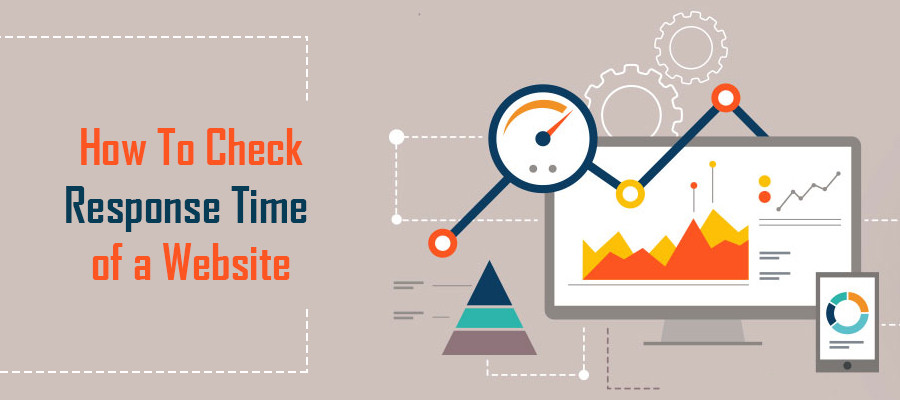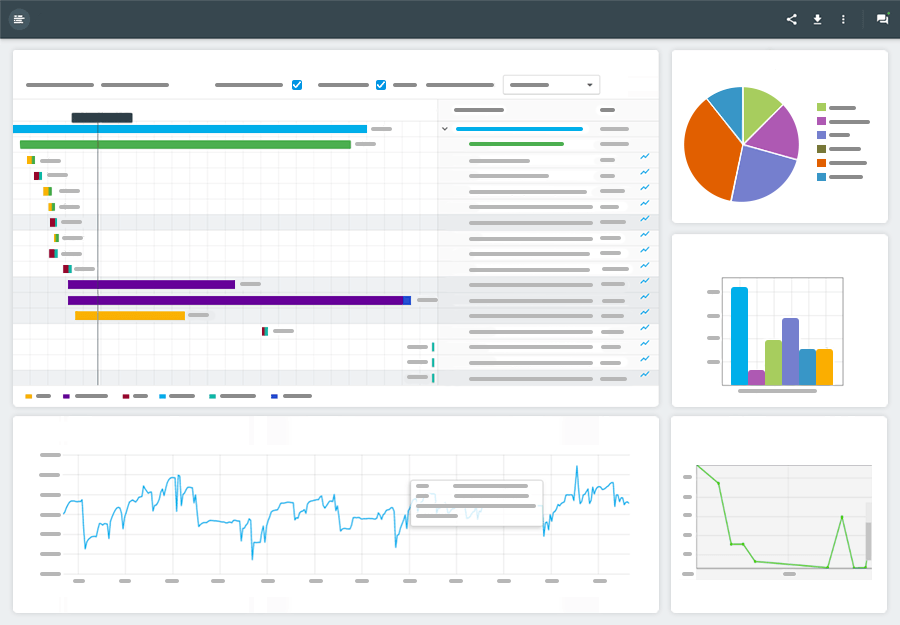 Throughout the past several years, our digital landscape has evolved from an easy going, calm pace to one that’s faster than shoppers bursting into department stores on Black Friday.
Throughout the past several years, our digital landscape has evolved from an easy going, calm pace to one that’s faster than shoppers bursting into department stores on Black Friday.
And there’s no sign the need for website speed will be slowing anytime soon.
Not only are internet users expecting faster website page load times, but network connectivity is strengthening throughout the United States. In fact, within the next several years, 5G internet access will bring about one of the greatest changes our digital world has seen in many years.
If you aren’t focused on sustaining and improving website response time, then you’re entire enterprise is destined to fall back in the shadows of the internet closet.
At this point, you’re likely familiar with the growing expectations of end-users and Google. As of 2018, both entities have upgraded their expected website response time from 2.11 seconds to under 1.3 seconds. This is for both mobile and desktop sites.
Unfortunately, there are very few websites capable of coming close to this benchmark. Not because they aren’t able to feasibly achieve this swift website response time, but because they fail to recognize and adjust the various on-page and backend elements responsible for slowing their entire site.
In an effort to bring clarity to this oftentimes confusing topic, it’s important to not only understand what elements can boost or hinder your website response time, but how to check your response time. While there are many online tools promoted to accomplish this task, few offer the accuracy and level of insights you require to truly master the art of digital speed.
Before diving into the step-by-step guide for checking response times, let’s take a brief side road and explore what a website response time tool can provide in terms of insightful metrics.
What Is Website Response Time? A Brief Explanation
So, what do we mean when we say response time? Essentially, this term is also its definition. For a detailed explanation, visit our Wiki article on response time.
Website response time is how long it takes for your web server to connect and send data packets to an end-user browser. Seems simple enough, right? Well, as with many things in life, the simplest concepts are often the most complicated.
A common misconception regarding website response time, especially when it comes to testing this metric, is it defines only the amount of time it takes for a server to send a “response” or “acknowledgement” to a browser (or in this case, a testing tool).
If only it was that easy and simple, but in actuality, it’s the entire duration it takes from the first byte of data to the last.
How Response Time Testing Tools Benefit Your Site
The exact benefits of a response time testing platform varies based on the level of insights it offers. For example, ping tests simply inform you whether your site/server is available and how long it took for the server to return the ping request.
While baseline ping tests are an important tool in your website arsenal, this shouldn’t be the only metric covered. Since there are many elements responsible for determining website response time, it’s vital you utilize a tool capable of providing you:
- Flow charts/reports outlining the flow of data from server to end-user browser
- How long it took for end-user browsers to begin analyzing received files
- How long it took for the first embedded image to be received and rendered
- DNS setting and connection duration (highlights data packet transportation efficiency)
- Total size of data packets
Testing Website Response Time | Step-by-Step Guide
Since there are literally dozens of capable website response time testing tools, we’re going to provide a rather generalized guide based upon the HTTP/HTTPS Web Server Test by Dotcom-Tools. This advanced testing platform offers deep-level analytical insights regarding server response times, website rendering speed, TTL (total time to load) and on-page element health.
While you may find another tool that works for you, use this guided instruction sheet as a means of not only understanding what to look for, but how to locate an accurate and functional testing solution.
Step One – Input Website URL & Server Characteristics
Enter your website URL in the search field. From here, choose the appropriate type of server: HTTP or HTTPS followed by the Request Type from the dropdown menu. Request types include GET or POST. In general, you should go with the default setting of GET.
Step Two – Optional Parameters
You may include login information to verify login response times, GET or POST parameters you wish to review, as well as Header Name and Header Value you would like to test.
Step Three – Verify Information and Execute Response Time Test
Once you’ve inputted all necessary and optional data, verify this information is correct and click “START TEST” to initiate the various testing protocols.
Step Four – Analyze Results
Upon completion, you’ll receive a detailed analysis of multiple key performance indicators, which are also known as KPIs. These include:
- Web Server Response Time and Health
- On-Page Element Response Time and Loading Quality
- Website Loading Speed (Duration)
- Total Time to Load Entire Website/Webpage


